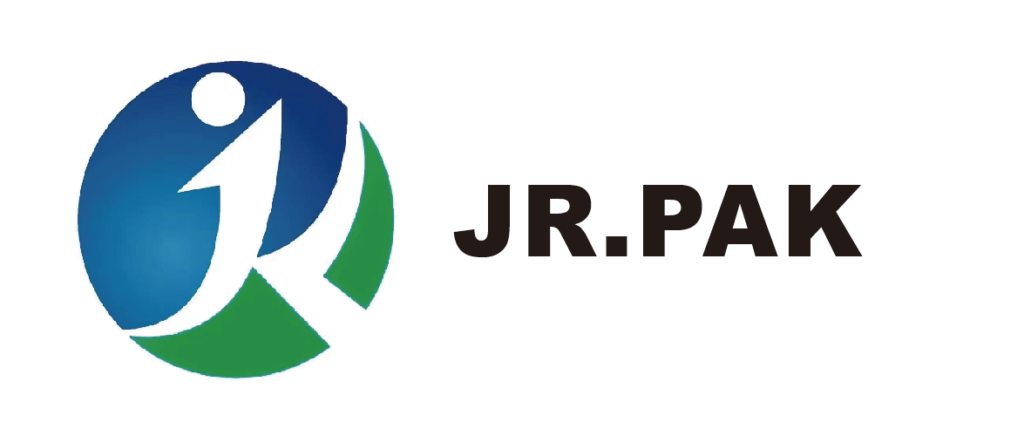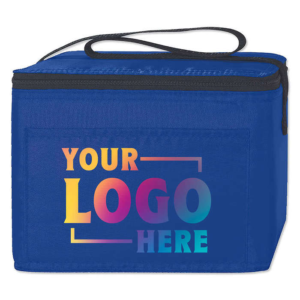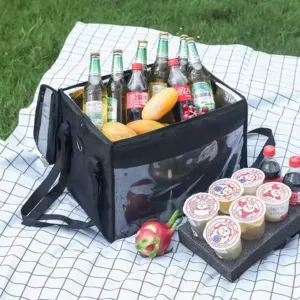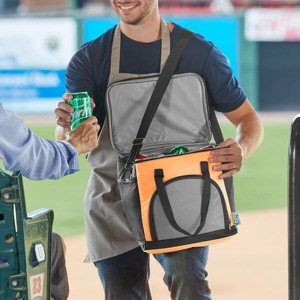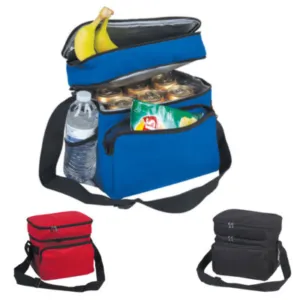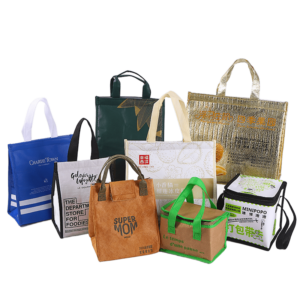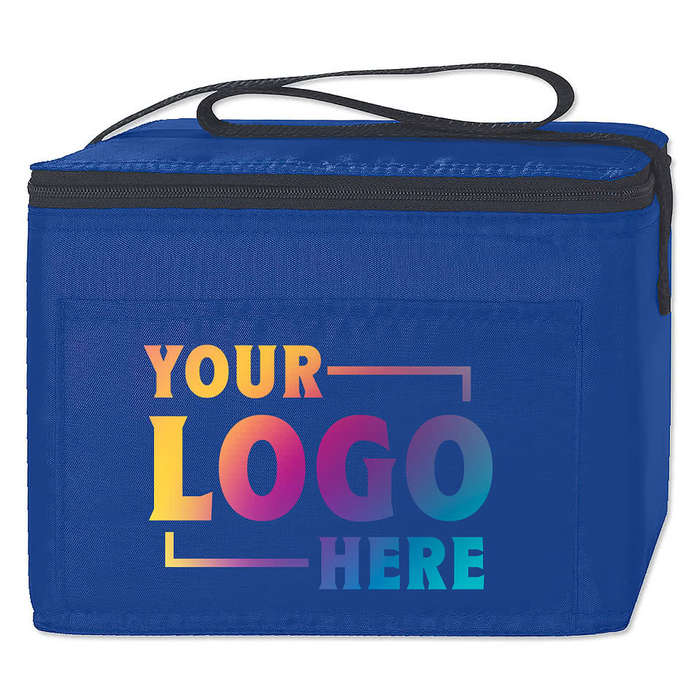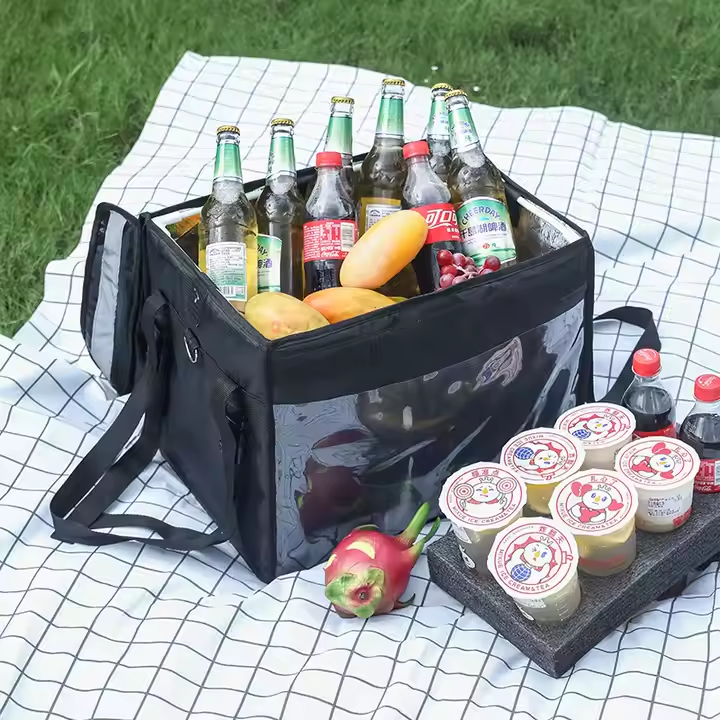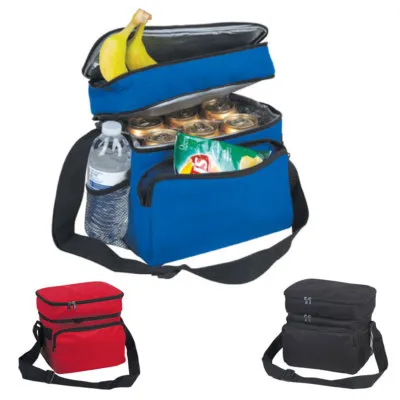When preparing PP woven bags for bulk shipping, businesses must focus on durability, efficiency, and product protection. These six expert tips help minimize transit damage and ensure safe delivery, especially for wholesale and industrial-grade applications.

To ship PP woven bags in bulk, choose suitable bag types, reinforce stitching, and protect against moisture and UV exposure[^1]. Proper stacking, labeling, and lamination[^2] enhance durability and logistics.
Shipping efficiency starts at the packaging stage. These tips help you optimize storage and ensure your PP woven bags arrive intact.
Choose the Right Bag Type and Size

Dive-Deeper paragraph: Selecting the correct PP woven bag type reduces waste, protects contents, and maximizes space. For bulkier products like grains or clothing, gusseted designs[^3] allow the bag to expand without distorting shape. Laminated and lined bags work best for items sensitive to moisture or dust. Oversized bags create inefficiency and instability in stacking. Undersized bags may rupture or fail to contain contents. Accurate measurement and matching bag shape to product form are key to minimizing risk during bulk shipment.
Bag Selection Matrix
| Product Type | Recommended Bag Style | Features Needed |
|---|---|---|
| Clothing | Gusseted, breathable | Expandability, ventilation |
| Fertilizer | Laminated + UV protection | Moisture and light barrier |
| Rice or grains | Lined PP woven bags | Fine particle containment |
Ensure High-Quality Stitching and Sealing

Dive-Deeper paragraph: Weak seams or openings can compromise the entire shipment. Reinforced stitching—especially on high-stress areas like corners and tops—reduces risk of bag rupture during handling or stacking. Double-folded hems or heat-sealed seams provide added durability. Stitch consistency also matters: skipped stitches or uneven threading often lead to tears. Buyers should inspect stitching quality or request samples before ordering in bulk. Reliable sealing not only protects the product but also prevents contamination or spillage.
Stitching Types Comparison
| Stitch Type | Strength Level | Best Use Case |
|---|---|---|
| Single Stitch | Moderate | Light-duty packaging |
| Double Stitch | Strong | Industrial bulk packaging |
| Overlock Seam | High | Heavy, shifting materials |
Use Protective Lamination When Needed

Dive-Deeper paragraph: Laminating PP woven bags adds a critical layer of protection, especially for items exposed to outdoor conditions or stored for long periods. Laminated surfaces can repel water, block UV rays, and resist tearing. BOPP film lamination is especially useful for printing and offers a glossy finish that enhances visual appeal. Without lamination, PP fabric may fray or degrade faster in humid or dusty environments. For international or maritime transport, lamination significantly extends shelf life and product integrity.
Lamination Benefits Breakdown
| Feature | With Lamination | Without Lamination |
|---|---|---|
| Water Resistance | ✅ | ❌ |
| Print Durability | ✅ | ❌ |
| UV Protection | ✅ | ❌ |
Stack and Bale Efficiently for Shipping

Dive-Deeper paragraph: Baling not only reduces packaging volume but also stabilizes bags during long-distance transit. Compressed and wrapped bundles fit more efficiently into shipping containers or trucks. Efficient stacking minimizes air pockets, reduces shifting, and prevents crushing. Buyers should coordinate with manufacturers to set bale sizes that align with standard pallet dimensions. Improper stacking or loosely packed bags may collapse, damaging products and wasting space. Bale with strapping to improve handling and forklift compatibility.
Bale Optimization Table
| Bale Size (cm) | Fits Pallet (100x120 cm) | Stack Stability |
|---|---|---|
| 60x80x100 | ✅ | High |
| 90x110x130 | ❌ | Unstable |
| 75x90x100 | ✅ | Very High |
Label and Print Clearly for Identification
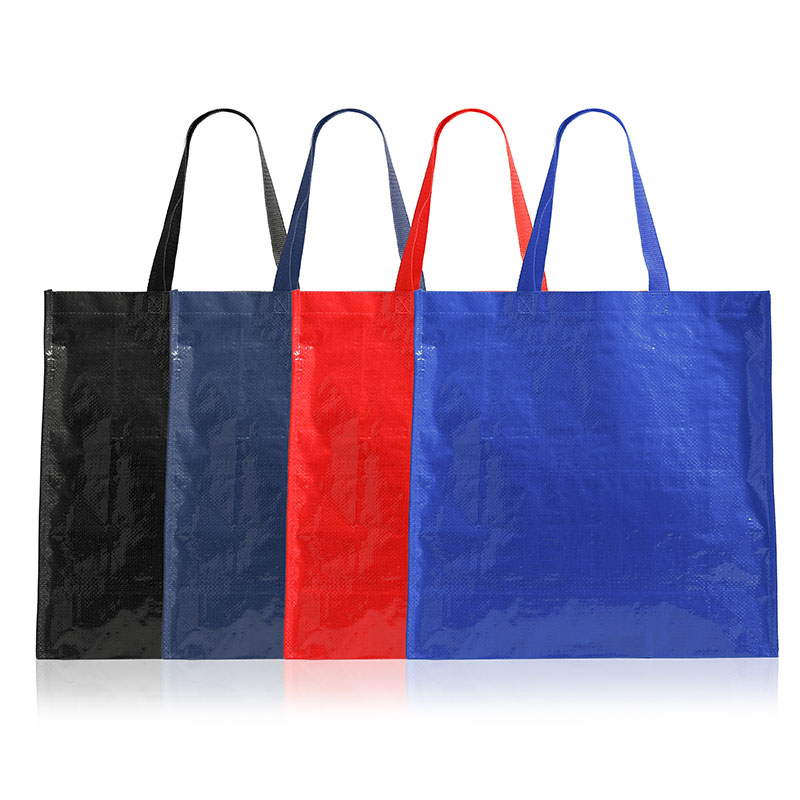
Dive-Deeper paragraph: Clear printing on PP woven bags serves dual purposes: it builds brand recognition and provides crucial logistics information. Use high-contrast inks and weather-resistant printing for long-distance transit. Include handling symbols, barcodes, and destination codes to avoid errors during loading or customs clearance. Laminated bags allow high-quality, scuff-resistant printing. Mislabeling or fading prints lead to misrouting or inspection delays. This is especially vital for export shipments where customs depend on clear, accurate packaging identifiers.
Key Print Elements for Bulk Bags
| Print Element | Importance Level | Application |
|---|---|---|
| Company Logo | High | Brand visibility |
| Product Description | High | Avoid mix-ups in warehouse |
| Handling Instructions | Medium | Safety during stacking/loading |
| Barcode/QR Code | Medium | Inventory tracking and logistics |
Protect from Moisture and UV Exposure During Shipping
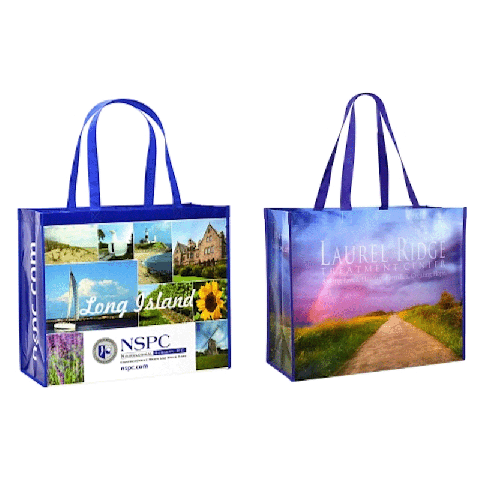
Dive-Deeper paragraph: Even with moisture-resistant properties, PP woven bags are vulnerable under prolonged exposure. During shipping, especially in humid or sunlit environments, covering stacked goods with plastic tarps, shrink wrap, or UV-resistant liners prevents degradation. Moisture can weaken seams and affect the contents, especially for absorbent or powdered materials. UV rays may cause the plastic to harden or become brittle. Adding pallet skirts or thermal covers further extends product lifespan, particularly for cross-border or container shipping.
Protection Options Overview
| Protection Method | Suitable For | Benefit |
|---|---|---|
| Plastic Pallet Covers | Export containers | Blocks moisture and dust |
| UV Wrap Films | Outdoor yard storage | Prevents color fading/cracks |
| Shrink Wrap | Long haul shipping | Adds load stability |
Conclusion
When shipping PP woven bags in bulk, attention to packaging design and handling can significantly reduce cost and damage. At JiaRong Packing, we’ve helped clients across the U.S. and Asia adopt smarter baling, UV protection, and lamination practices that improved shipment efficiency and reduced customer complaints. Tailoring your bulk packaging to the demands of your product and shipping route is a wise investment.
What packaging challenges have you faced with bulk shipping? Let us know in the comments!
---
[^1]: Discover effective techniques to safeguard your products from moisture and UV damage during transport.
[^2]: This resource outlines the advantages of lamination, especially for protecting products during shipping.
[^3]: Learn how gusseted designs can improve packaging efficiency for bulkier products.